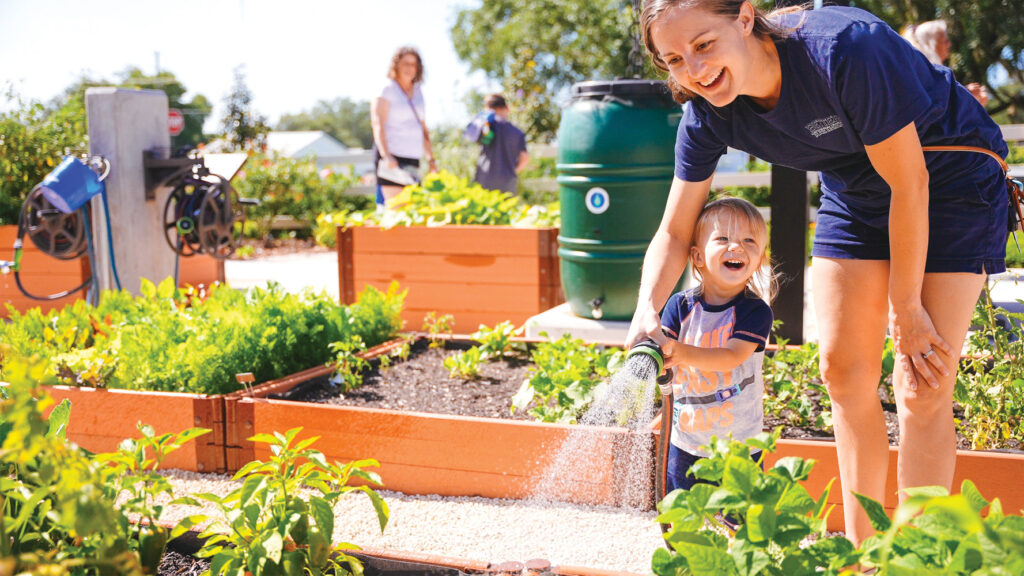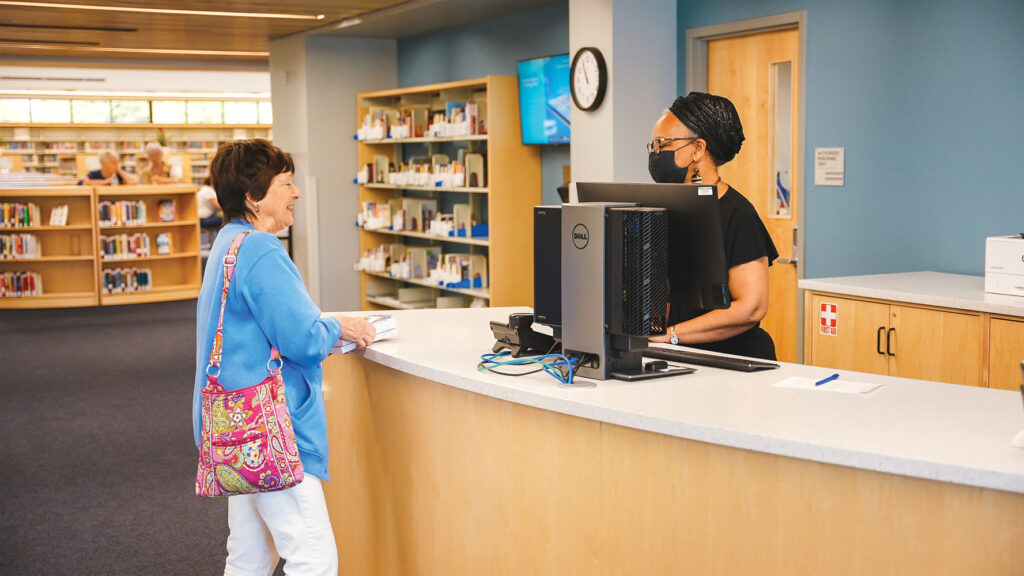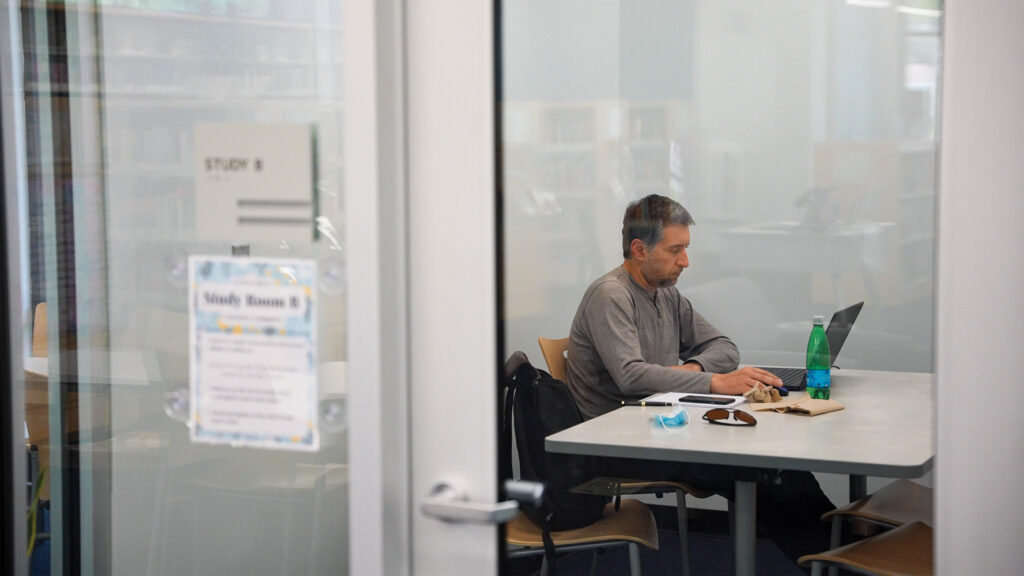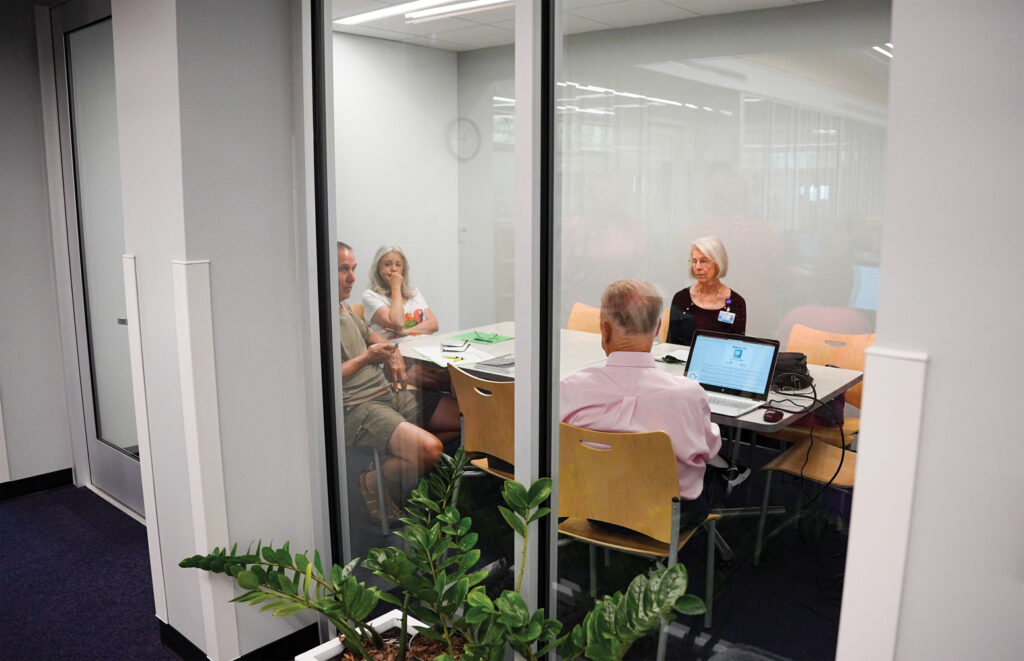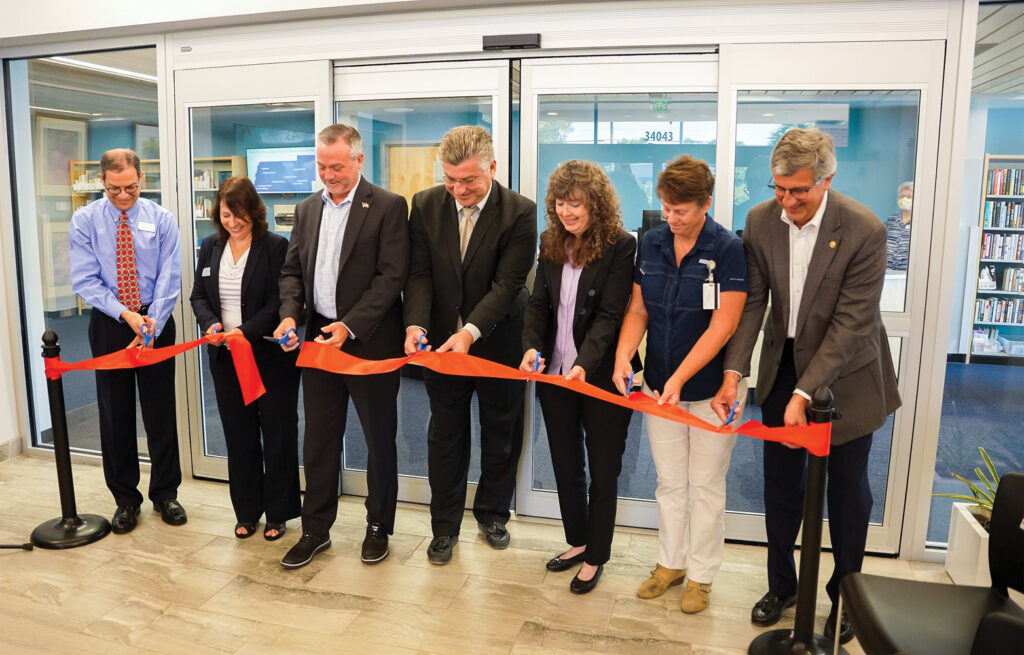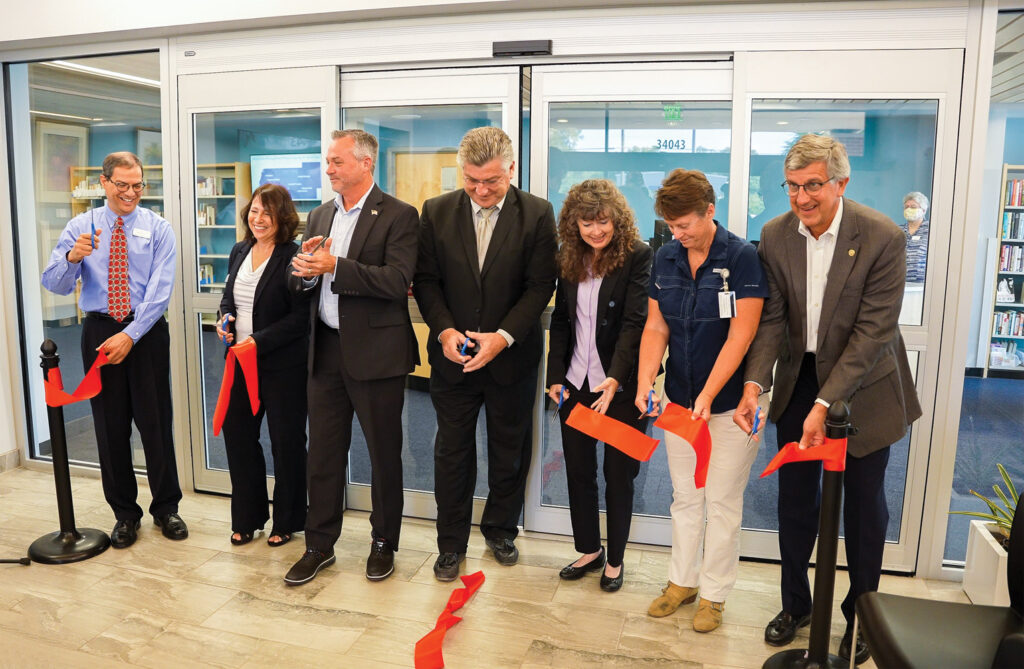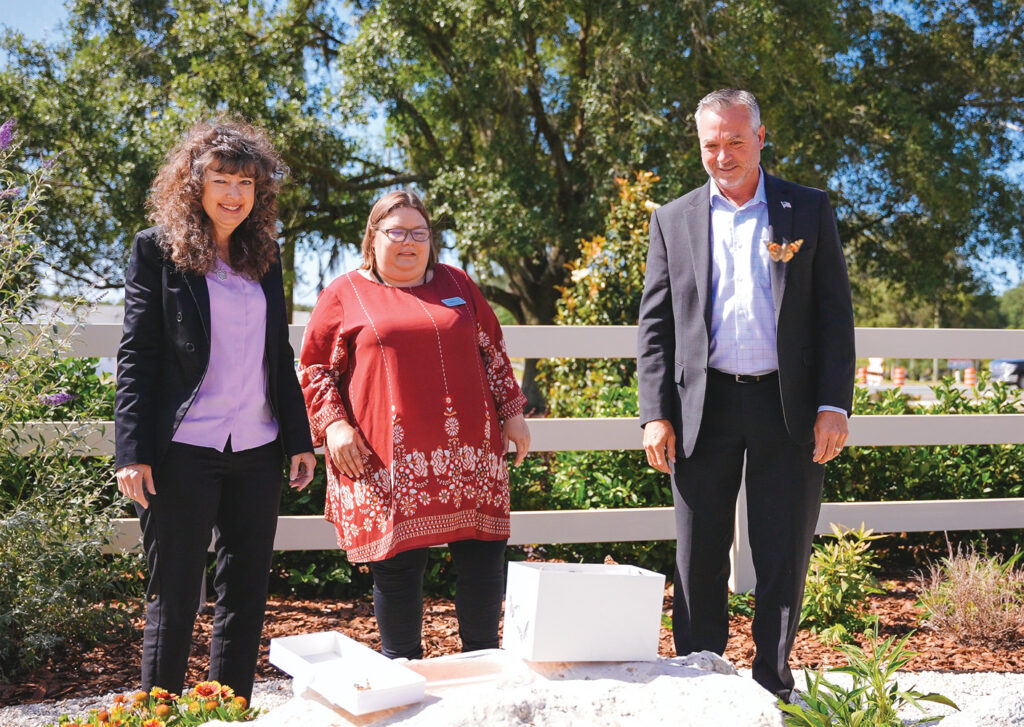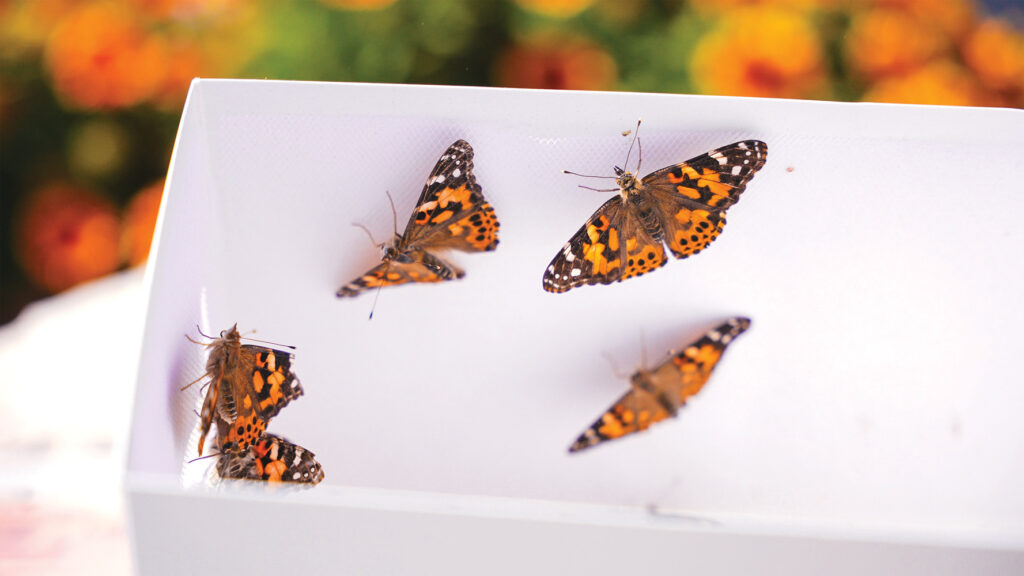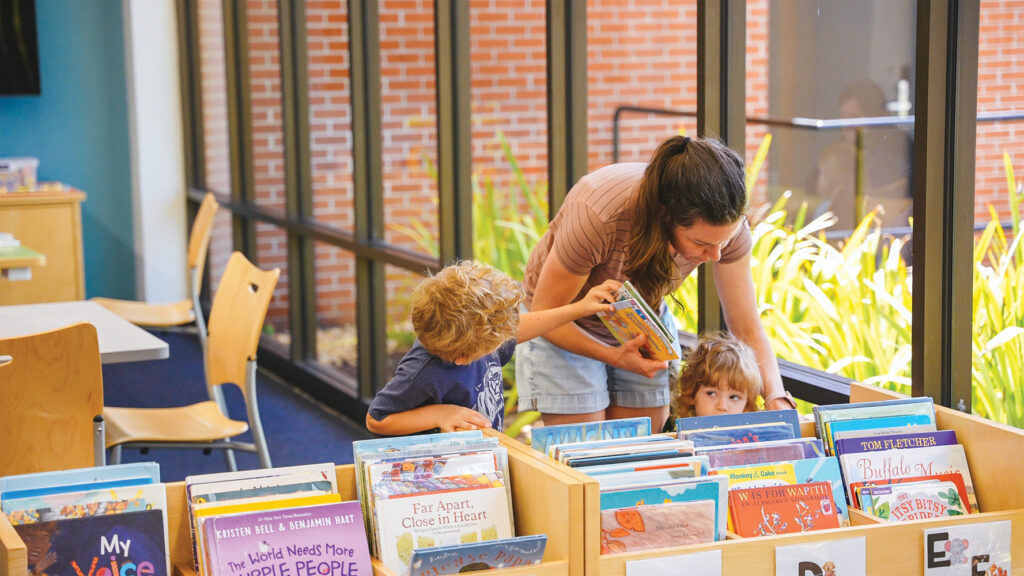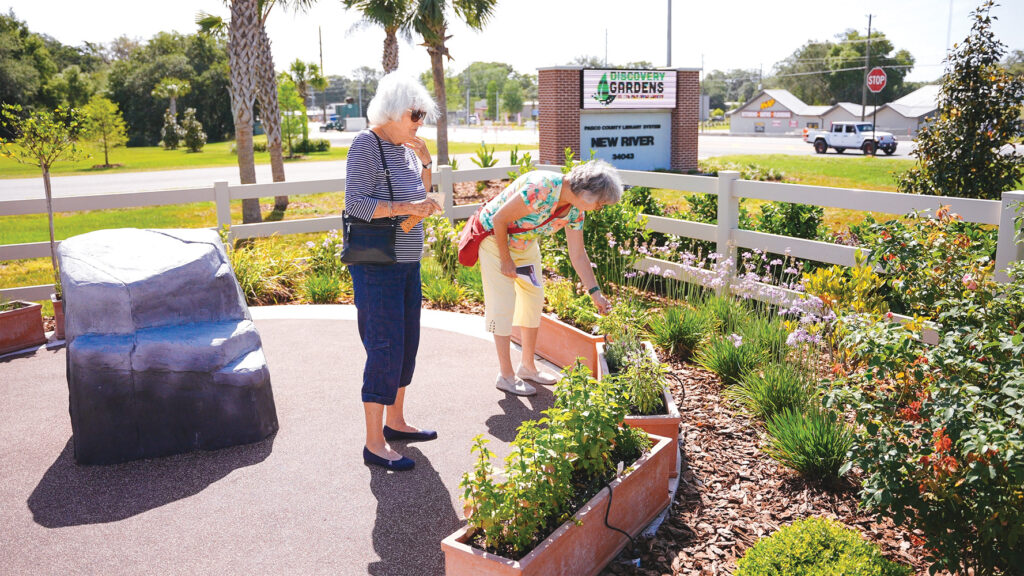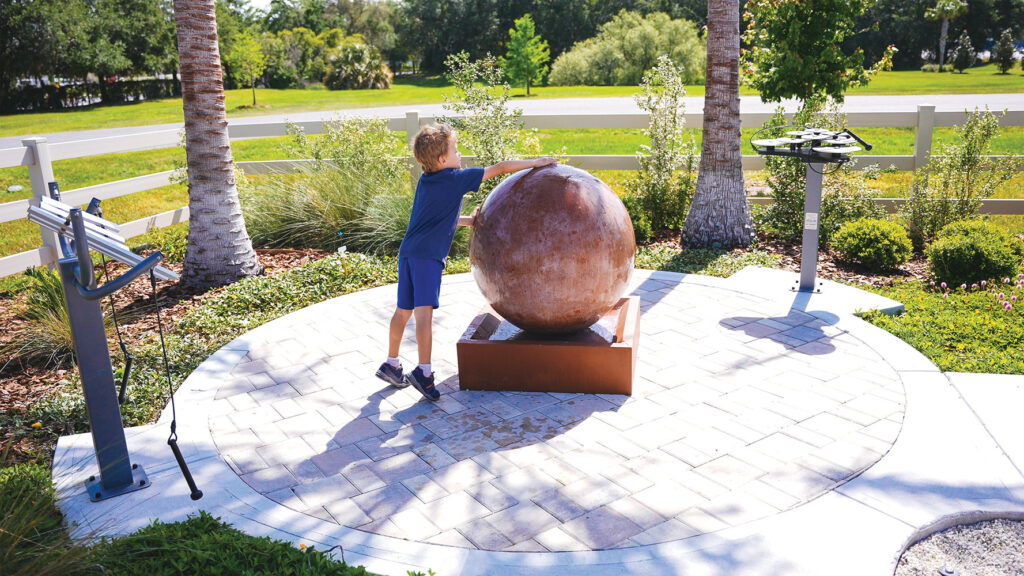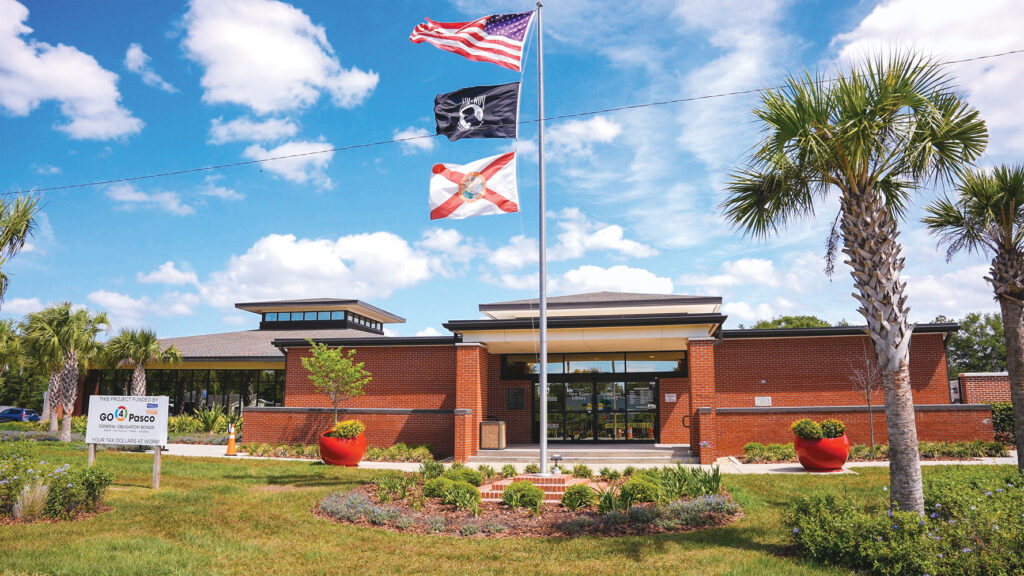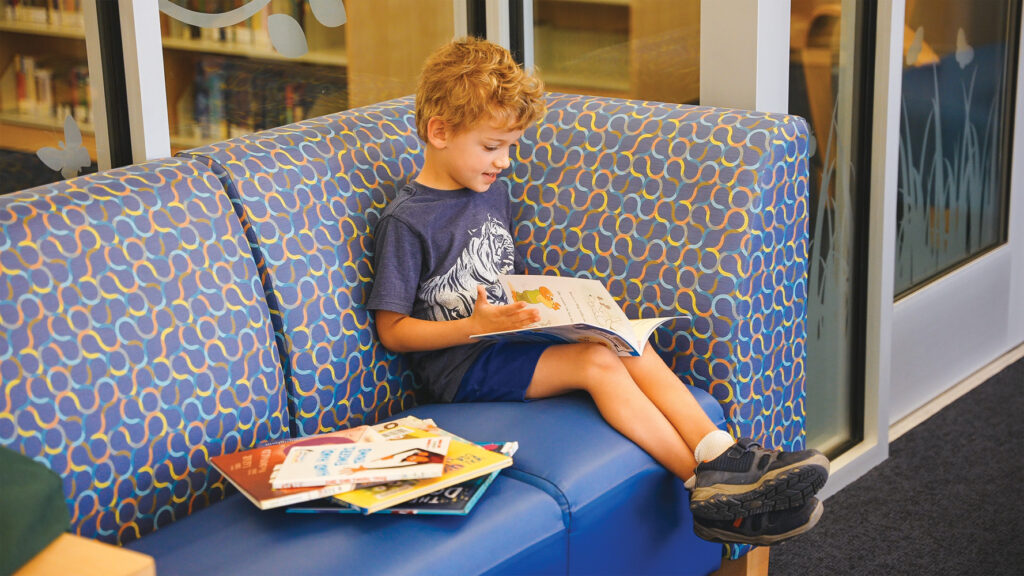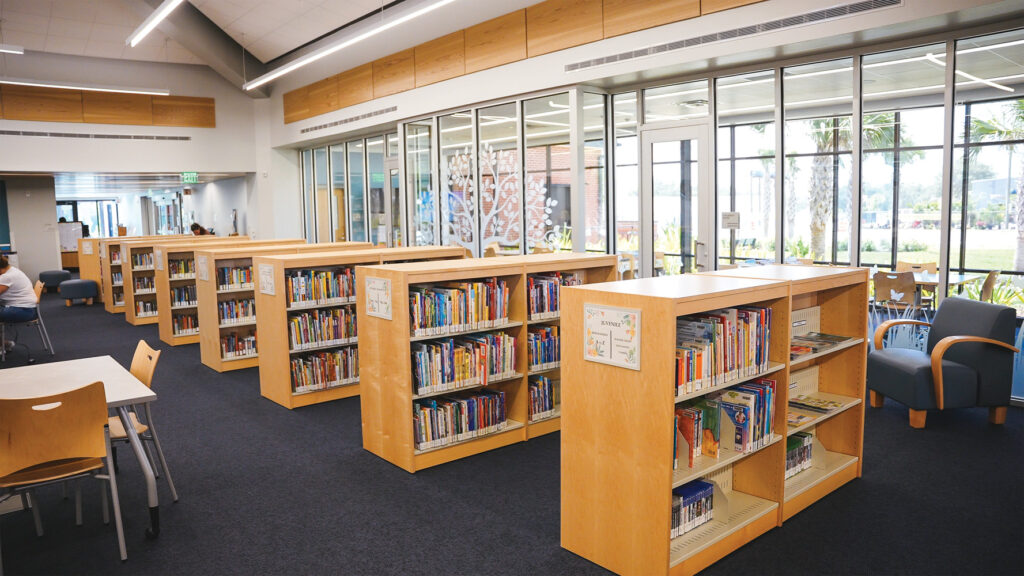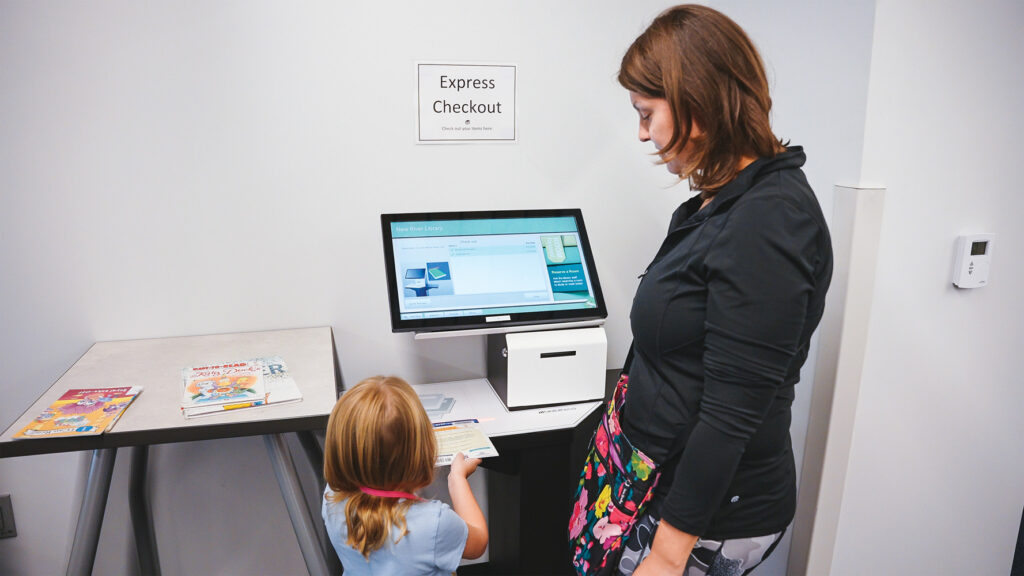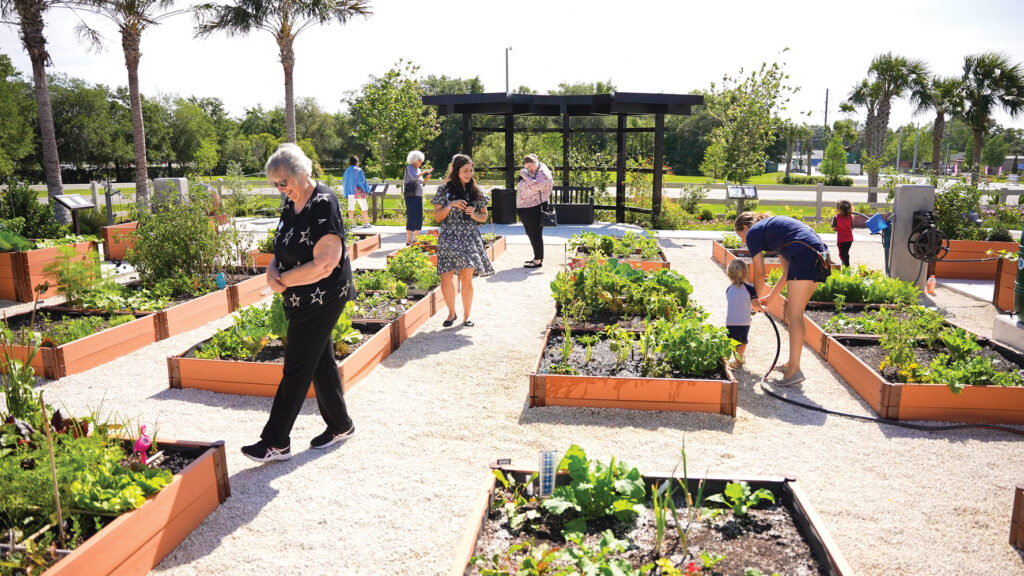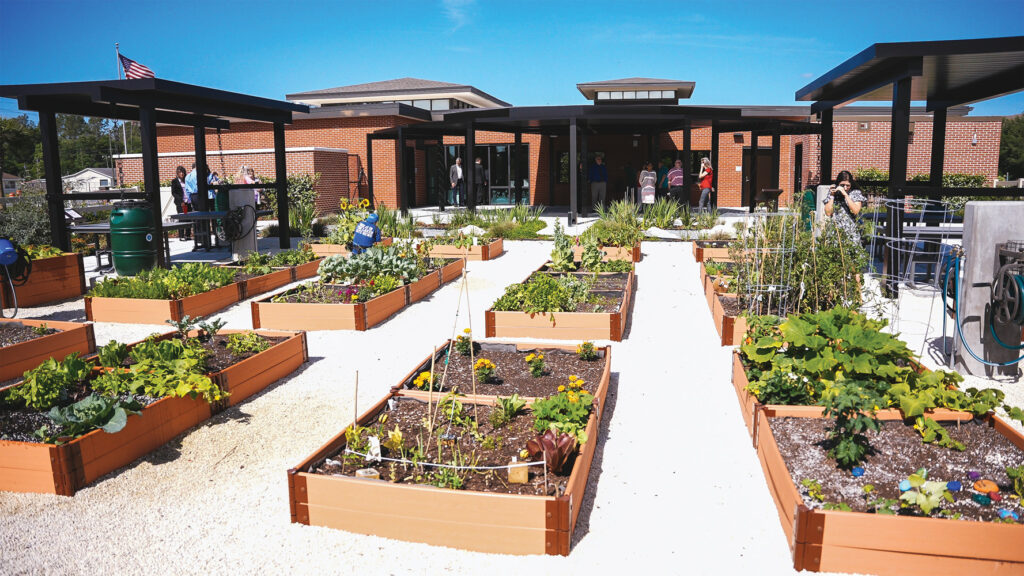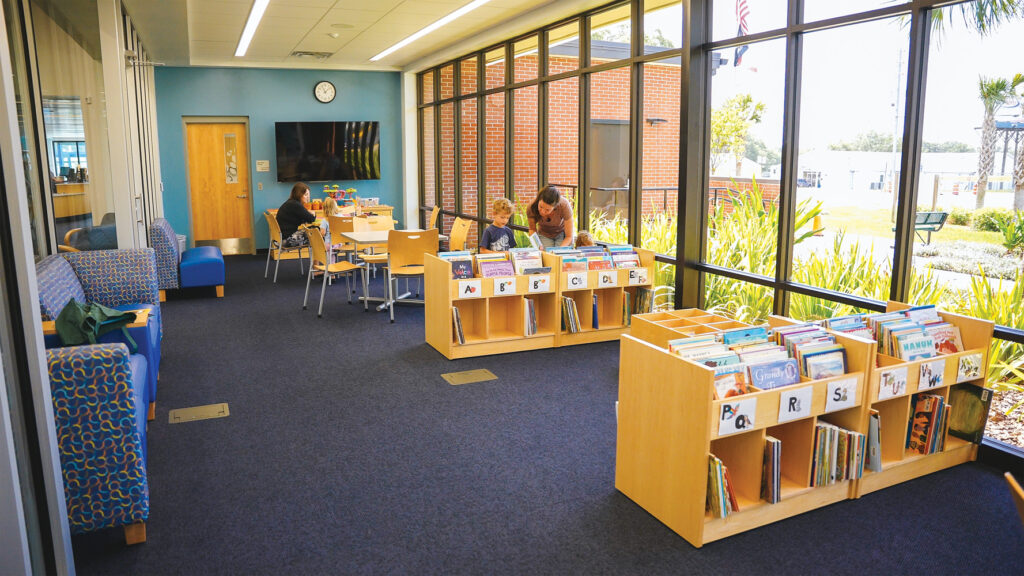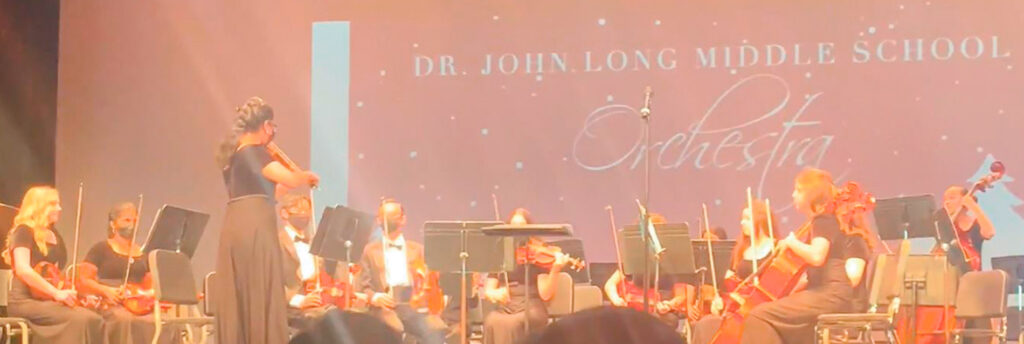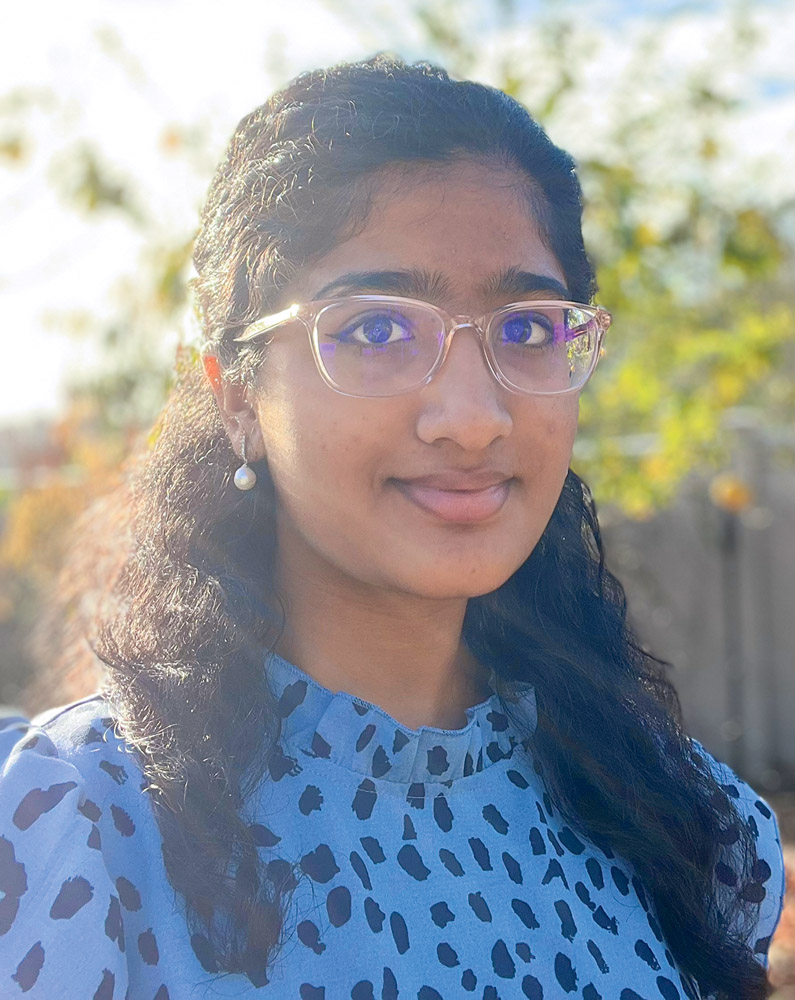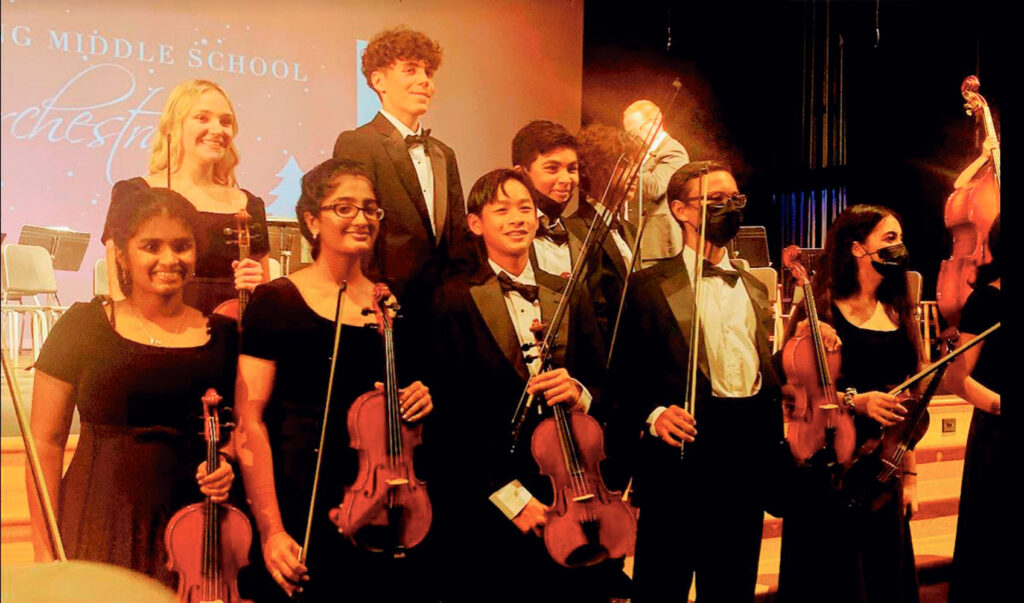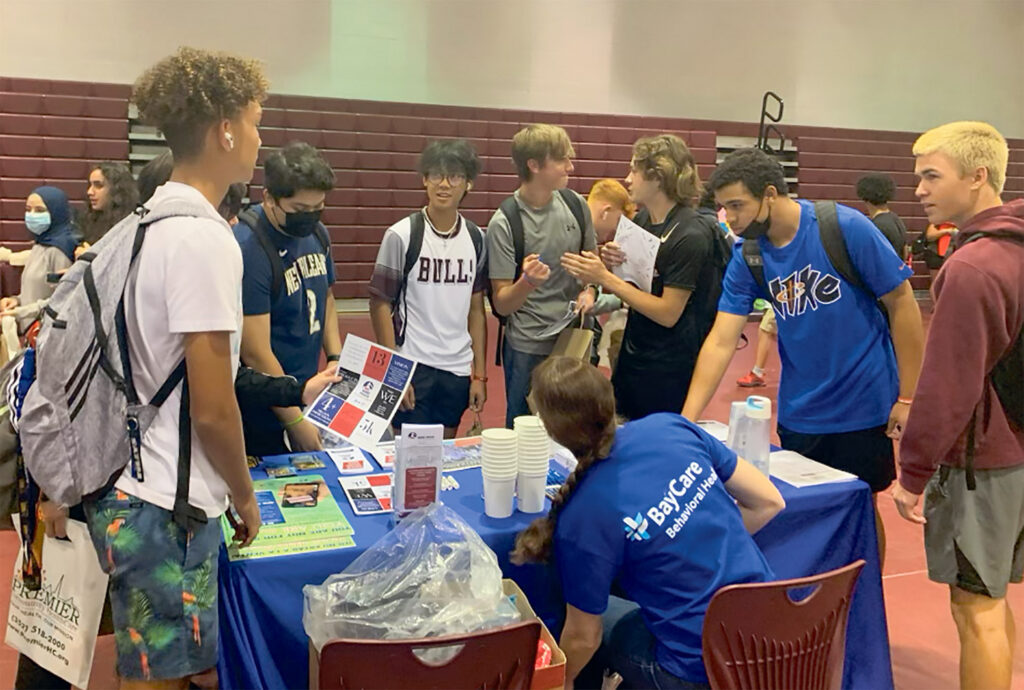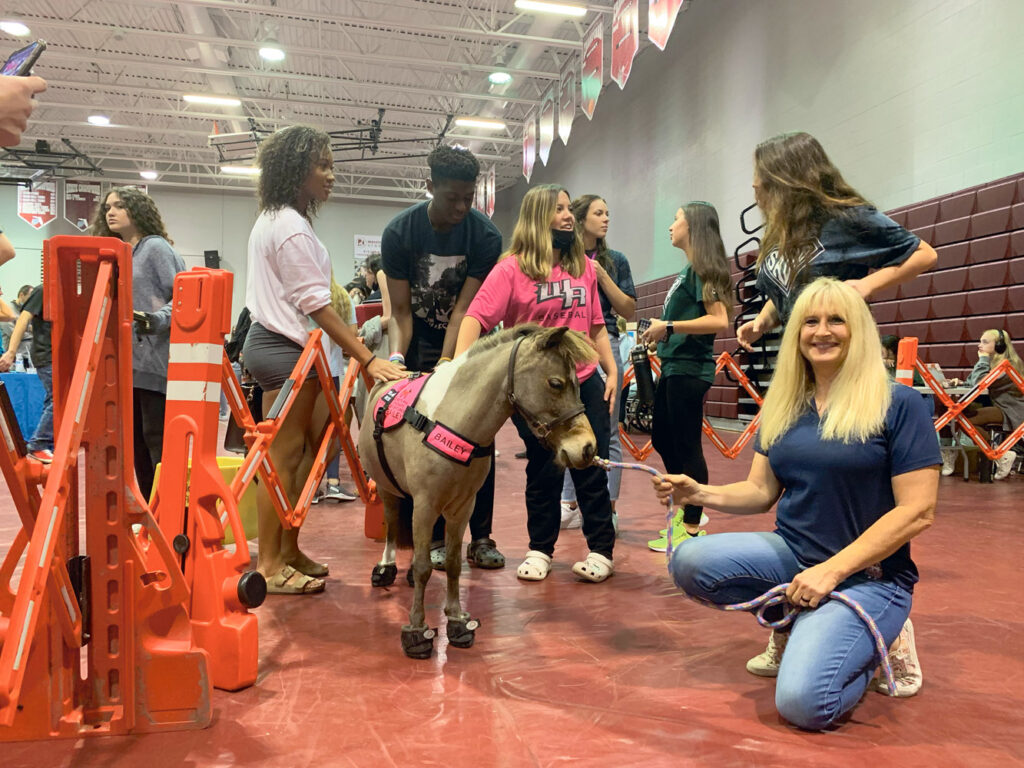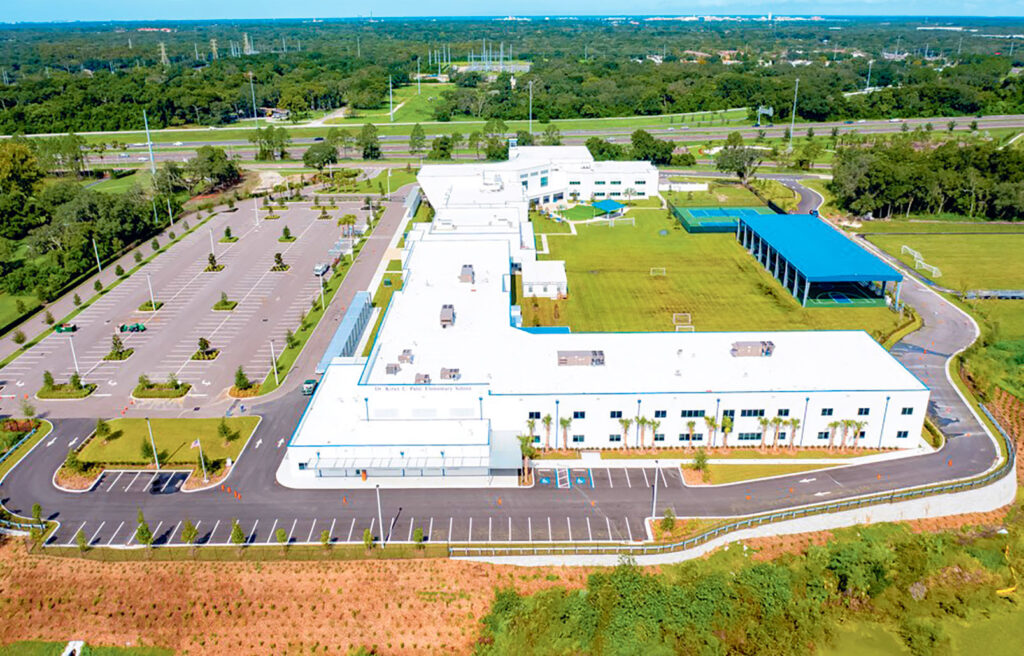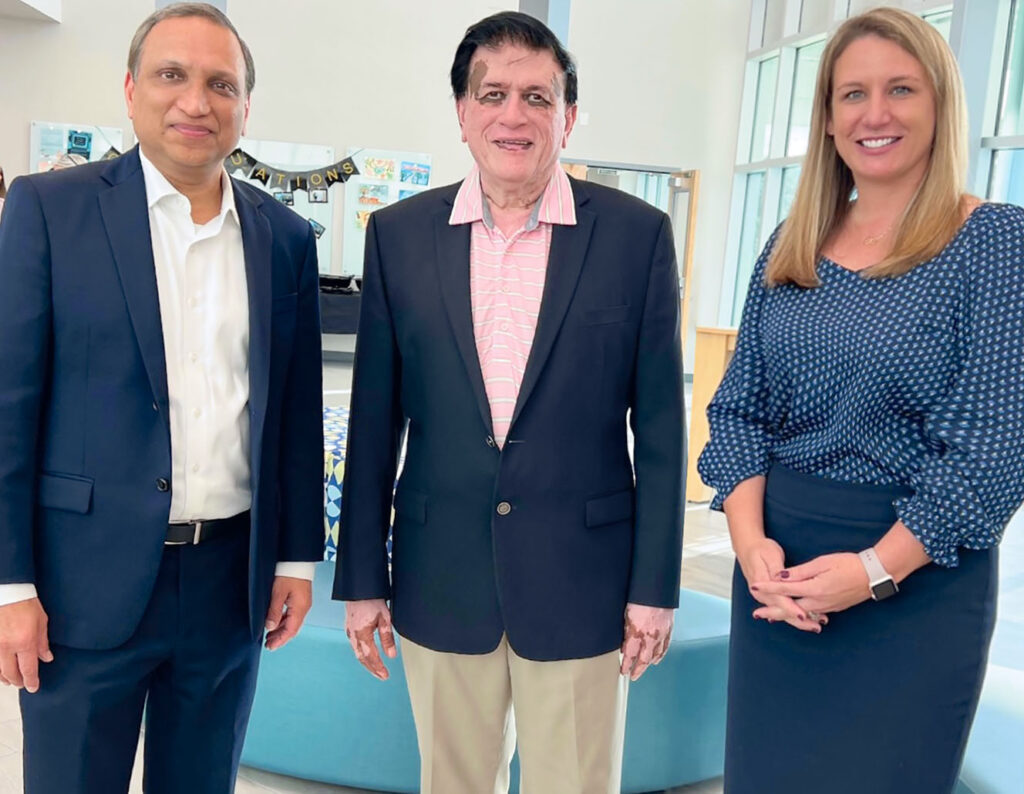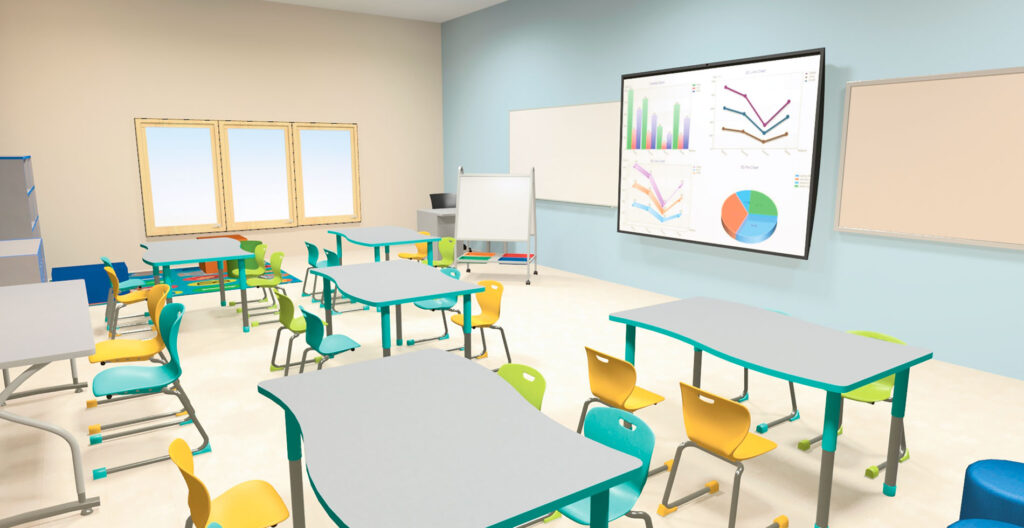
Second-grade teacher Corinne Staney has retired once before, in 2005, before moving to Wesley Chapel.
But this time, she says, after 53 years in education — including the last 15 at Sand Pine Elementary — it’s for good.
“I promised my granddaughter this would be the last year,” Staney says. “I’m looking forward to spending time with my family, that’s really important, and now’s the time.”
May 27 will be the last day of school for Staney, 75, who lives in Meadow Pointe with her husband Joseph, a retired educator who spent 36 years as an administrator and coach. She has left a lasting legacy that will be hard to replace.
“It’s going to be a huge loss for us,” says Sand Pine principal Christina Twardosz, “but we are super excited for her to be able to spend some time spoiling herself.”
Twardosz says if anyone deserves it, it is Staney, who is always one of the first to arrive and among the last to leave every day at Sand Pine.
What will Staney do on May 28, her first day as a retiree? She’s going to start off with a book to read just for enjoyment, for the first time in forever. She may work on her cooking and rediscover a few hobbies. Michaels is her favorite store, so maybe a little crafting here and there. And, she has a daughter, Lisa Couture, and a son, Tim, as well as grandkids Dom, Ryan and Maddy, and of course, her husband to keep her days filled.
Her family may want to keep her away from tutoring or volunteering at any schools, however. When she retired the last time, it was a tutoring gig that led to a year of being a preschool teacher that then led to her applying for an opening at Sand Pine.

Teaching, she says, is in her blood. Her grandmother taught in a one-room schoolhouse, and because her parents — her dad managed a meat department in a grocery story and her mom had to turn down a scholarship and became an executive secretary — couldn’t go to college because they had to work during World War II, they emphasized the importance of education to their daughter.
Staney cut her teaching teeth in Worcester, MA, at a number of different schools, always in grades K-5. She was active in the teacher’s union, joined a group of education researchers at nearby Clark University, absorbed herself into the field of teaching and eventually “retired” to Florida.
But, she says she was called back to the classroom, as retirement turned into more of a very short sabbatical.
“I was bored…and I just love what I do,” Stanley says. “I love working with kids, I love learning new things, I love having a job that makes you want to get up in the morning and go. Kids are phenomenal. Every year is a fresh new start, a chance to be better, and a chance to be a part of a group of people that want to teach and learn. It’s fantastic.”

Staney says teaching won’t make you rich, but if you can find joy in it, it can make you happy.
“Her love and joy for children is inspiring,” says Twardosz.
As this issue is reaching your mailbox, there’s still a few days of classes left, and Staney plans to enjoy every minute of what’s left. She has given away many of her books, to a new teacher and another who teaches children with special needs, and her Christmas tree. Her most prized teaching possession — a ceramic apple that she was given by her fellow teachers to mark her 50th year as a teacher — will be displayed at home.
She could, quite honestly, teach forever, and that’s why, some days, as her final year as a teacher winds down, she has to hold back the tears.
“I didn’t cry until I thought about all of the years and all of the kids,” Corinne says. “But every year when school is ending I have a hard time.”
When she closes her eyes, she says she can still see her first class in 1969 at Woodland Street School in Worcester, and most of her classes since.
But, she says her last class may just be her most special one.
“All of them were adorable,” Stanley says. “I just look at their faces and have such high hopes for them. They clap for each other, encourage each other, all for one and one for all. The future looks pretty bright if you just look at the kids’ faces.”



